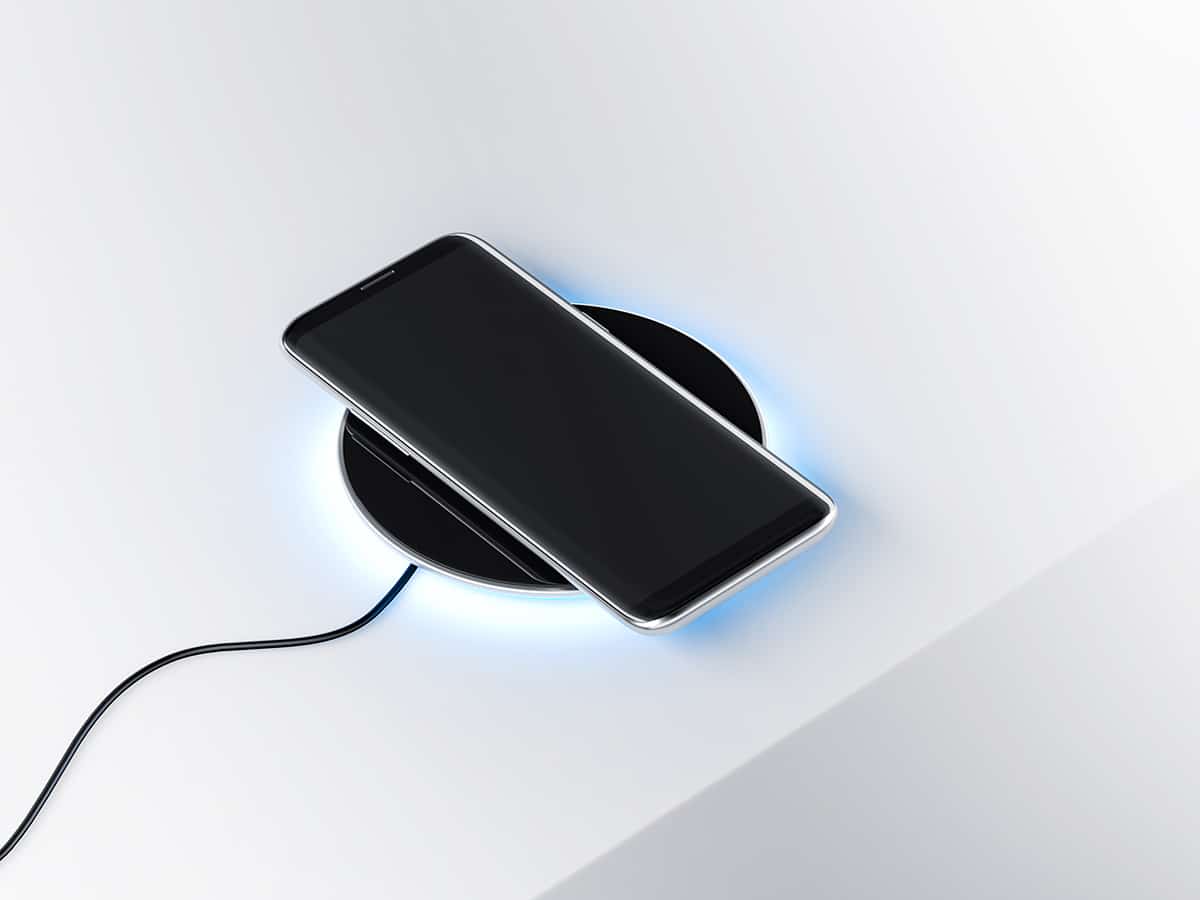Wireless charging has been around for over a decade, but it’s only in the last few years that it has become a mainstream technology. From smartphones, tablets, and laptops to cars and furniture, wireless charging is fast becoming ubiquitous. This technology is changing the way we power our devices and is poised to make cables a thing of the past.
What is Wireless Charging and How Does it Work?
Wireless charging, also known as inductive charging, is a way of wirelessly transferring power from a charging pad or mat to a device without the need for any cables. To charge wirelessly, you need two things: a charging pad that is connected to a power source, and a device that is compatible with wireless charging, such as an iPhone, Samsung Galaxy, or AirPods.
The charging pad generates an electromagnetic field, which creates an electrical current in the device’s receiver coil. This current is then used to charge the battery. The technology behind wireless charging is called Qi, which is a standard created by the Wireless Power Consortium. Qi now has over 500 member companies, including Apple, Samsung, LG, and Huawei.
Types of Wireless Charging
There are two main types of wireless charging: standard power and fast charging. Standard power wireless charging has an output of around 5 watts and typically takes around three to four hours to fully charge a device. Fast charging, on the other hand, has an output of 10 watts or more and can charge a device up to 50% in just 30 minutes.
Fast charging is becoming increasingly popular among consumers, and most new devices now come with this technology built-in. Some wireless charging pads also come with multiple coils, which means you can charge multiple devices at once.
Benefits of Wireless Charging
The main benefit of wireless charging is convenience. With wireless charging, you can charge your device without having to plug it in, which means you can use your device while it charges. This is especially useful if you work on a laptop or use your phone for long periods of time throughout the day.
Wireless charging is also safer than traditional charging methods. With no cables to trip over, there is less risk of accidents and damage to your device. Wireless charging is also more environmentally friendly, as it reduces the number of cables and chargers that are thrown away every year.
Challenges with Wireless Charging
While wireless charging is convenient, it does have its challenges. The main challenge is compatibility. Not all devices support wireless charging, and even among devices that do, there can be differences in the way they are charged. For example, some devices require a specific type of wireless charging pad, while others will only charge at a specific speed.
Another challenge is positioning. With wireless charging, the device needs to be in close proximity to the charging pad, usually within a few millimeters. This means that if you move your device slightly or place it in the wrong position, it may not charge properly. This can be frustrating and may require some trial and error to get right.
It’s also worth noting that wireless charging can generate heat, which can affect the lifespan of your device’s battery. While this is not a significant concern for most users, it’s something to be aware of if you use wireless charging regularly.
Future of Wireless Charging
Wireless charging is still relatively new, and there is a lot of potential for future innovations. One area of development is longer range wireless charging, which would allow devices to be charged from a distance. This could be useful for charging devices in public spaces or in areas where there is limited access to power outlets.
Another area of development is faster charging speeds. Current fast charging technology allows for 10 watts or more, but there is potential to increase this to 15 or even 20 watts in the near future. This would allow devices to be charged even faster than they are now.
In addition, more and more devices are now coming with wireless charging as a standard feature. This includes not just smartphones, but also headphones, smartwatches, and even electric toothbrushes. As these devices become more widespread, wireless charging is likely to become the norm rather than the exception.
Tips for Using Wireless Charging
If you’re new to wireless charging, here are some tips to help you get started:
– Make sure your device is compatible with wireless charging. Check the manufacturer’s website or user manual to confirm.
– Choose a wireless charging pad that is compatible with your device. Not all charging pads are the same, so make sure you choose one that works with your device.
– Position your device correctly on the charging pad. The device needs to be in close proximity to the charging pad, usually within a few millimeters. Check the user manual for specific instructions.
– Be patient. Wireless charging is not as fast as wired charging, so be prepared to wait a little longer for your device to charge.
Conclusion
Wireless charging is here to stay, and it’s only going to become more widespread in the coming years. While it has some challenges, the benefits of wireless charging are clear: it’s convenient, safe, and environmentally friendly. By following a few simple tips, you can make the most of this technology and say goodbye to cables for good.

Deja una respuesta